Today we will talk about the national flower of Brazil. Among many Brazilian plants and flowers such as ruby-lipped cattleya, Ipê flower, yellow ipe flower, camelia rosa, and yellow flowers of begonia, it wasn’t a simple choice for Brazilian people to choose their national flower.
However, will focus today on the most popular flower in Brazil that has a soft beauty and it is one of the most famous nation’s symbols today.
These flowers grow in wild and urban areas of Brazil and we’re sure that you’ll want to plant some by the end of this article as well.
Let’s learn more about the national flower of brazil below.
What Is The National Flower Of Brazil?
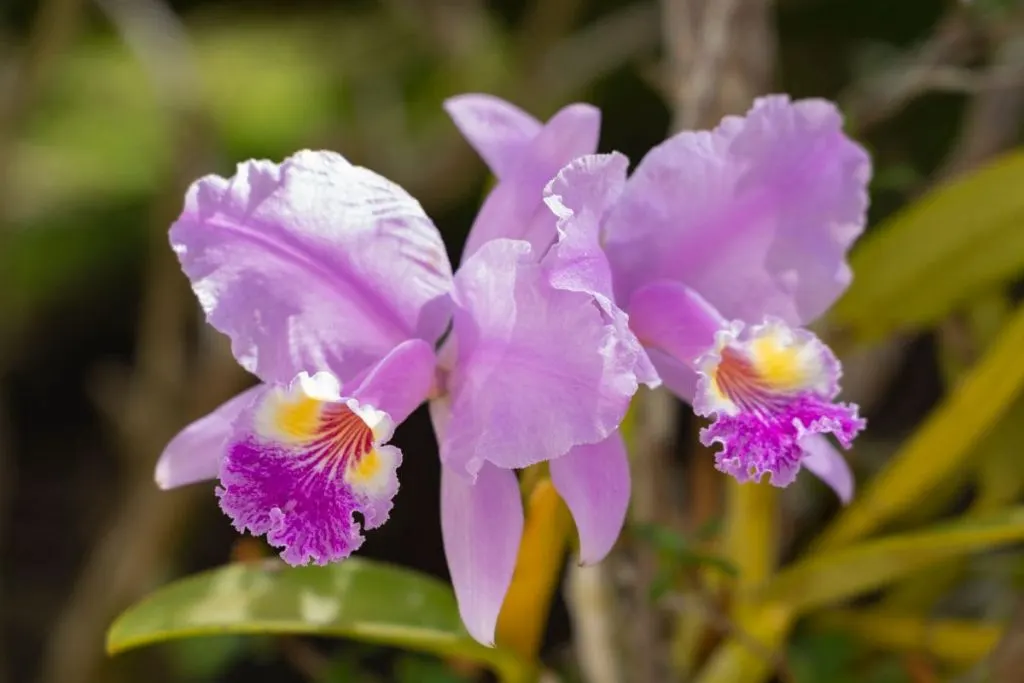
The national flower of Brazil is the Cattleya orchid even though some mix it with the corsage orchid. There have been many misunderstandings within these national flowers, but only one can have its title and that is the cattleya orchid.
Among many beautiful Brazilian plants, crimson cattleya one of the most beautiful flowers of Brazil deserved its title. They are typical and native to South America. This region in general has such extraordinary flora.
Why Is Cattleya Orchid The National Flower of Brazil?
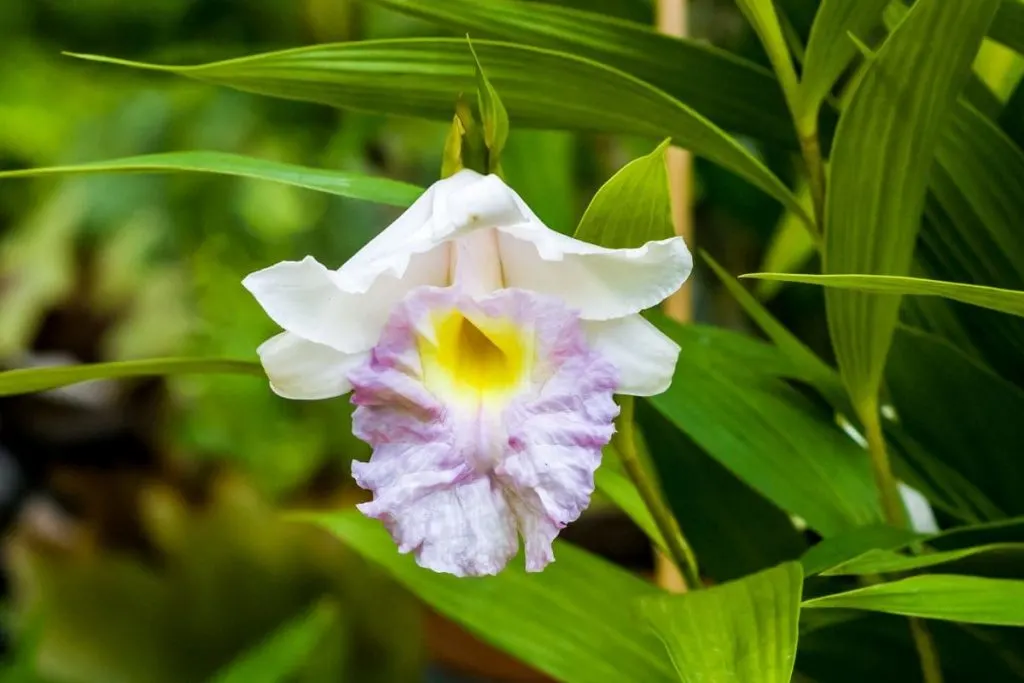
There are no official reasons why this flower is the national flower of Brazil. It’s a flower that’s native to this area, one of the most beautiful ones as well and that might be the right reason for the federative republic of Brazil to choose this flower.
With an amazing soft violet color and it takes your breath away. Among ipe flowers and their yellow rhombus with a blue circle in the middle, by choice of people, they are the most beautiful Brazilian flowers.
Brazil’s National Flower Features And Needs
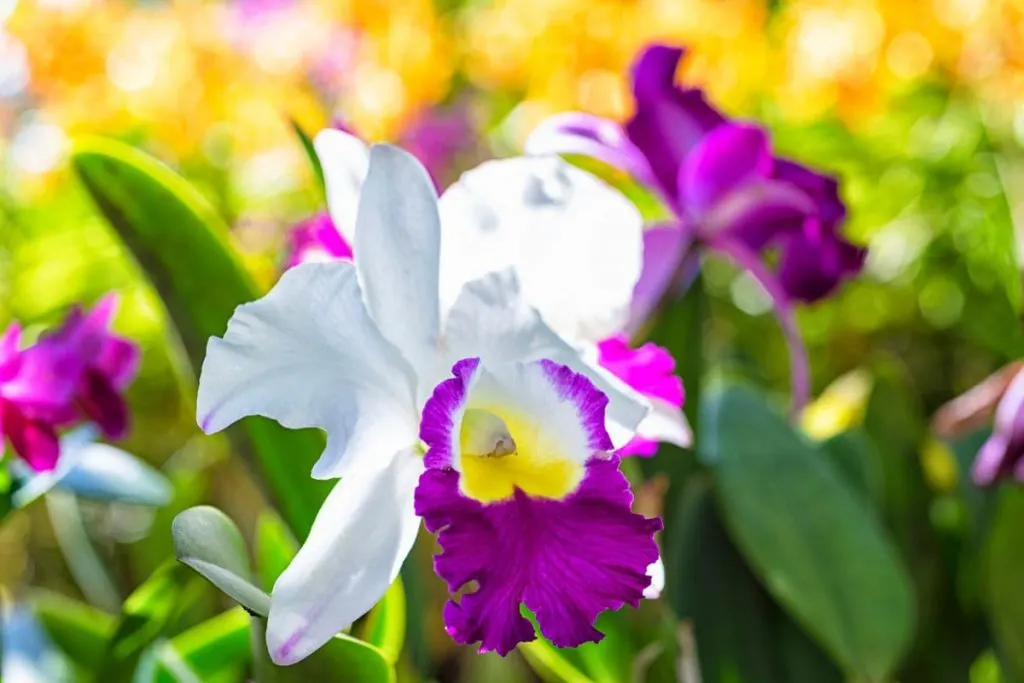
- Family: Orchidaceae family
- Growth type: slow-growing type
- Flower color: violet
- Leaf shape: elliptical to broadly lanceolate
- Water needs: water twice per week
- Light conditions: direct sunlight in the morning/ bright light in the afternoon
- Soil type: perlite, peat moss, slightly acidic soil
- Temperature: typical household temperatures
- Fertilizer: fertilizers for the orchids
- Native habitat: South America
What Is The Symbolism Of The Cattleya Orchid-Brazil National Flower?
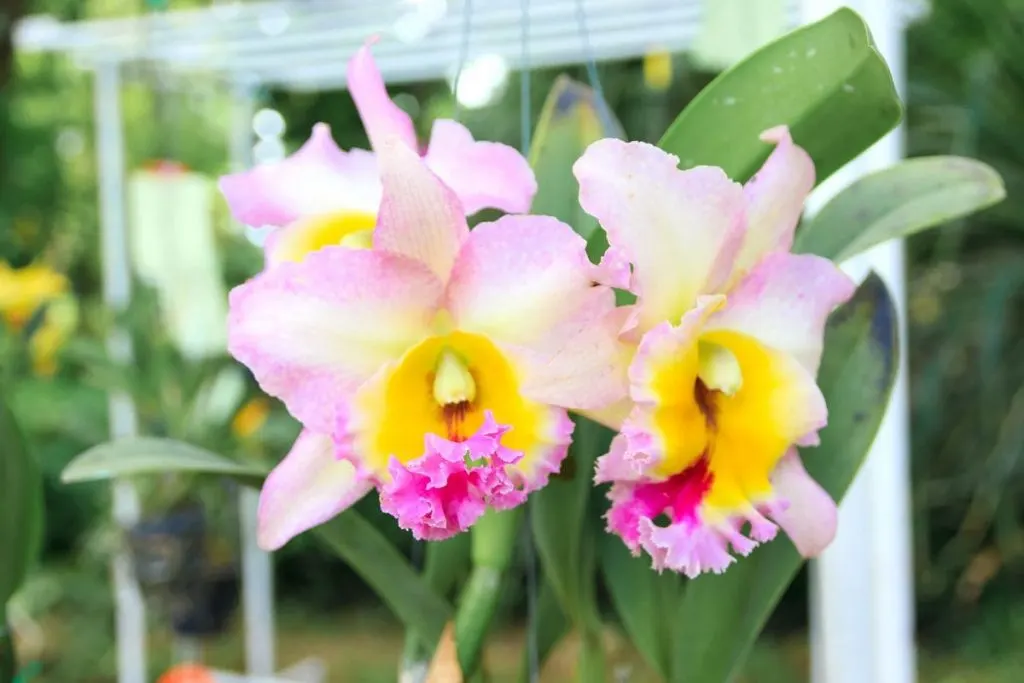
The symbolism of this flower dates back to Chinese tradition. This flower is a symbol of pure love, refinement, innocence, fertility, and virility. Cattleya labiata is one of the rare orchids with a special meaning.
It is a great gift for “happy anniversary” occasions, other special events such as birthdays, etc. They come in many colors: pink, red, ivory, green, white, and yellow.
Some of these species are of course hybrid. However, the violet specie of this flower is the queen of this orchid.
Legend Of Cattleya Orchid
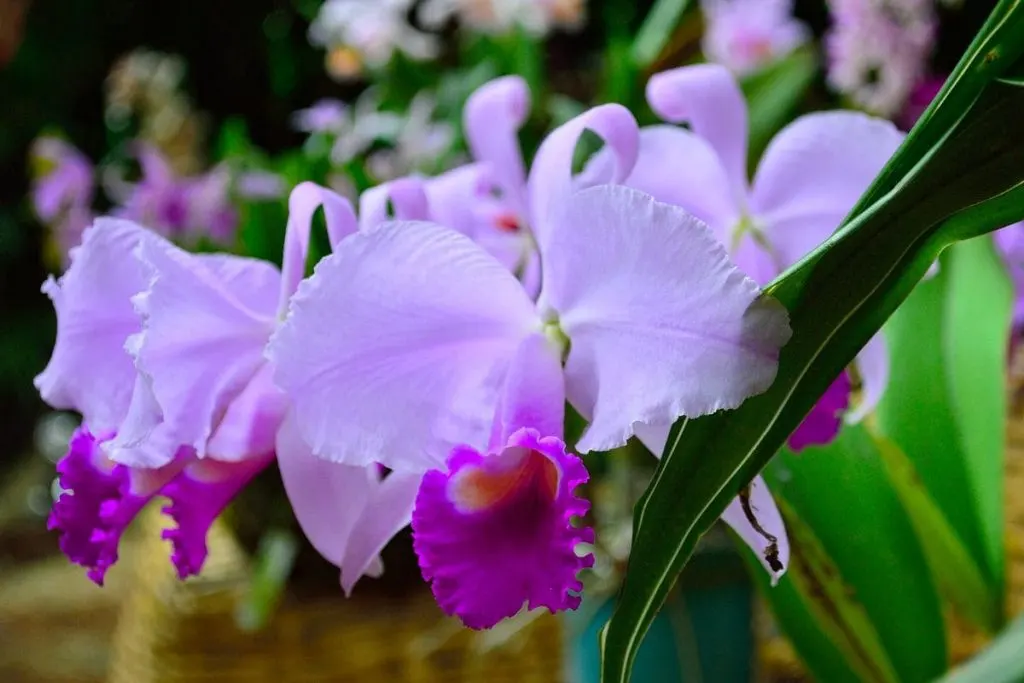
In ancient Greece, women, especially goddesses, believed that they could use cattleya orchids to control the sex of unborn children.
Accordingly, they would hang more and less feminine or masculine colors above their sleeping place when they tried to conceive a child with their lovers. One type of orchid was named after the temple of the goddess of love, Aphrodite.
Its exceptional beauty has attributed to the orchid a synonym for exoticism, refinement, and extravagance of the flower which, due to its ancient symbolism, is associated with love, romance, eroticism, and the desire for intimacy.
In ancient China, orchids were used during spring festivities to ward off harmful influences. The main one was infertility. The orchid was a symbol of fertility. The orchid helps conception and guarantees paternity. If its flowers are cut off, the child who was conceived under its influence will die.
FAQ

Below we will answer some FAQs about the other national symbols of Brazil and we think you’ll enjoy these interesting facts as well.
What Are Other Popular National Symbols Of Brazil?
Among many popular symbols of Brazil, another popular one is their national fruit. Cupuaçu is the national fruit of this country and it is also a beautiful urban tree and one of the native trees in Brazil.
It has decorative gorgeous flowers in its blooming season. And it is common rarely in other countries. It belongs to borage families and their flowers remind me of orchids.
What Is The National Anthem Of Brazil?
The national anthem of Brazil was written in 1922. It wasn’t changed since:
The placid shores of the Ipiranga heard,
the resounding shout of a heroic folk.
And the sun of Liberty in shining beams,
shone in the homeland’s sky at that instant.
If the pledge of this equality,
we managed to conquer with a strong arm.
In thy bosom, O Freedom,
our chest defieth death itself!
O beloved,
idolized homeland,
Hail, hail!
What Is The National Tree Of Brazil?
Pau brasil is the national tree of Brazil and one of the most common trees in Brazil. Trees played an important role throughout the history of this country. It belongs to the Fabaceae tree family.
What Is The National Animal Of Brazil?
The national animal of Brazil is the jaguar. They are a symbol of power, leadership, stealth, and protection and that is why they’re the national animals of Brazil.
What Is The National Bird Of Brazil?
The rufous-bellied thrush is the national bird of Brazil since 2002. It is valued and cherished for its sweet-loving melody.
Wrapping It Up
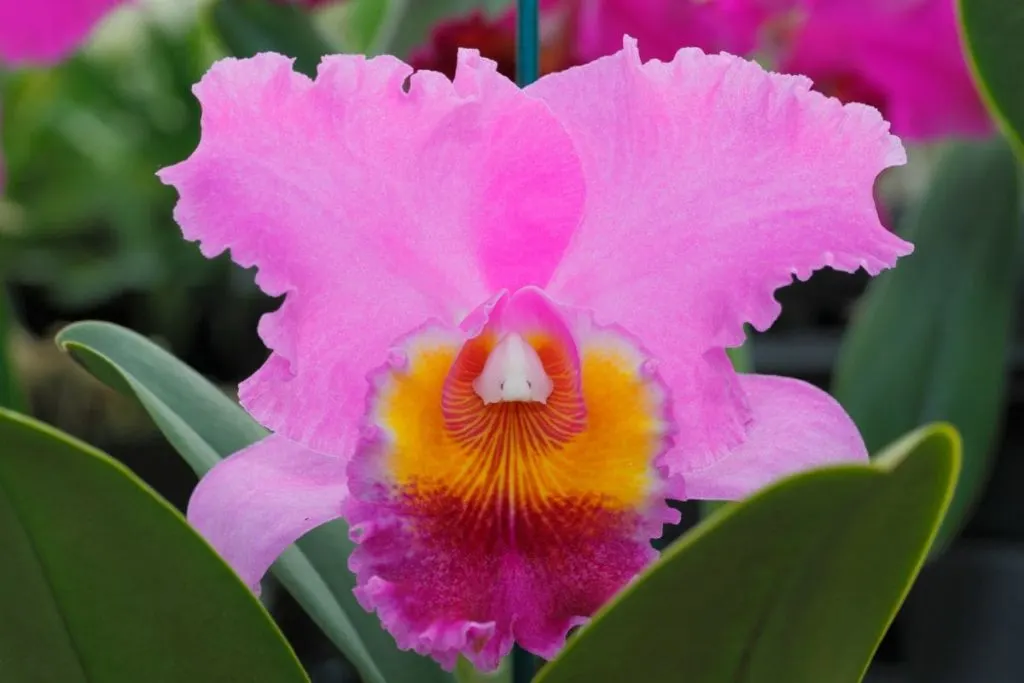
In today’s article, you learned all about the national flower of Brazil-cattleya orchid plant. These beautiful violet flowers with a touch of pink are a wonderful South American plant that simply captivates with its beauty.
This was the only and completely justified reason for the country of Brazil to choose these flowers as its protected national symbol. Its symbolism fits perfectly with its soft gentle petals and that is perhaps another hidden potential reason for the title of this flower.
If you want to have beauty like this in your garden, we have provided a simple care guide for this orchid at the very beginning.
That would be all for today. See you soon with more similar topics.

